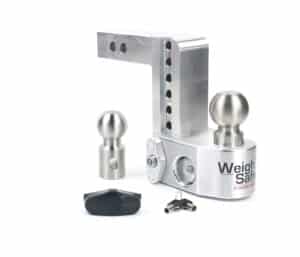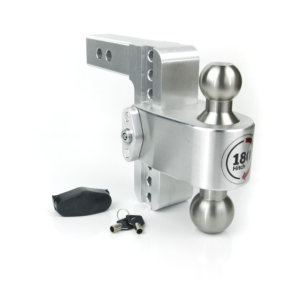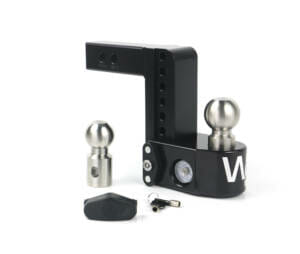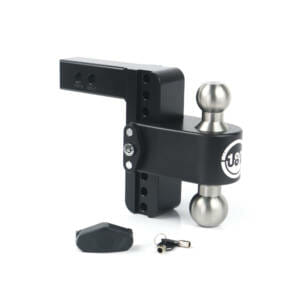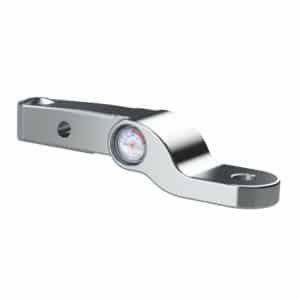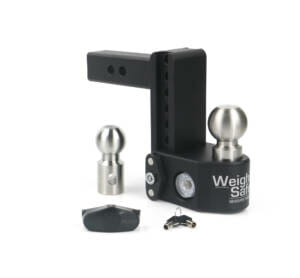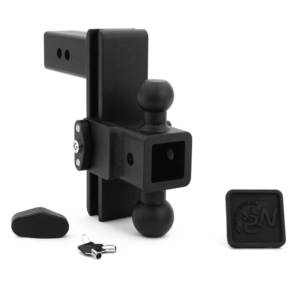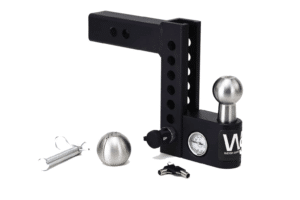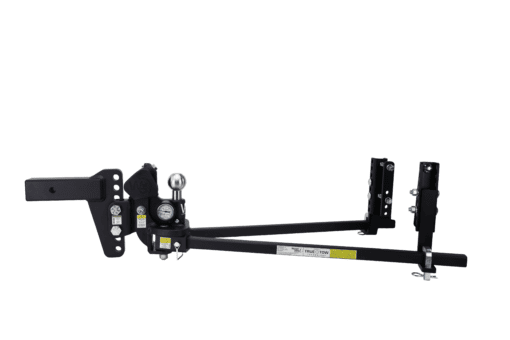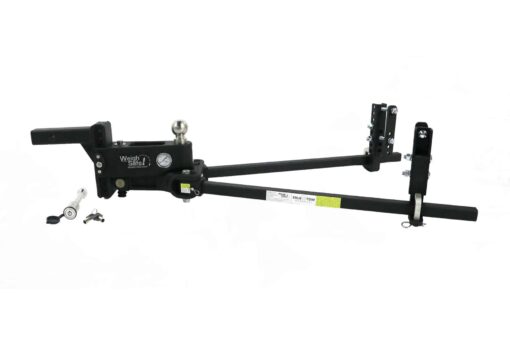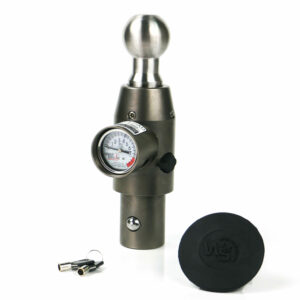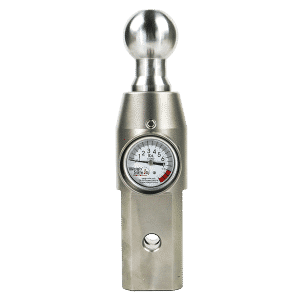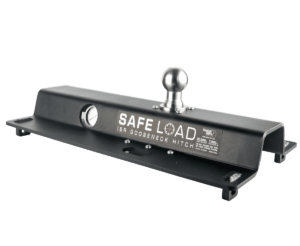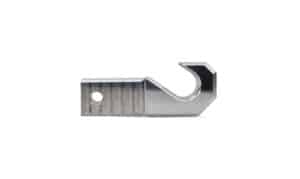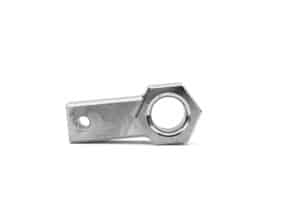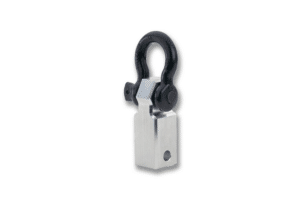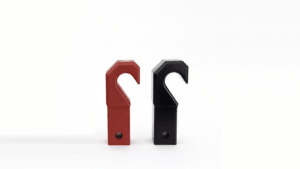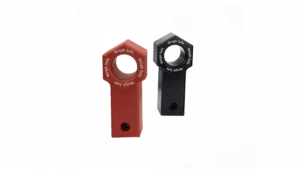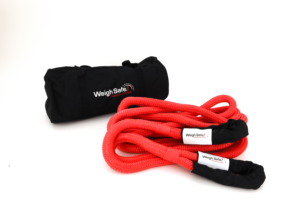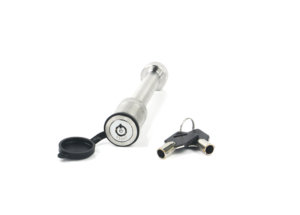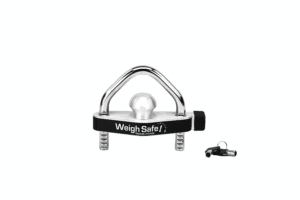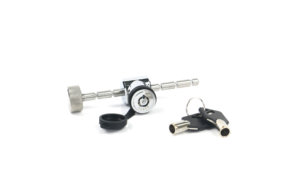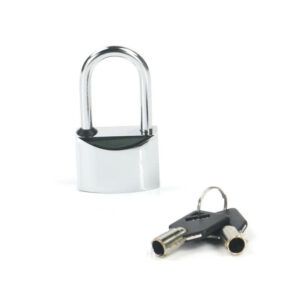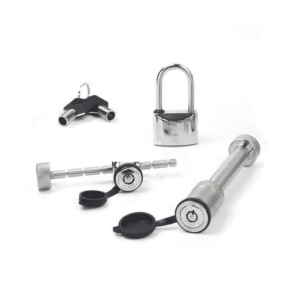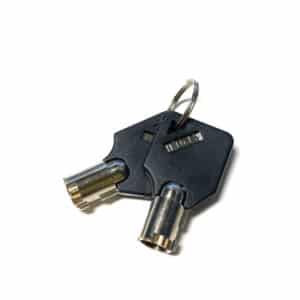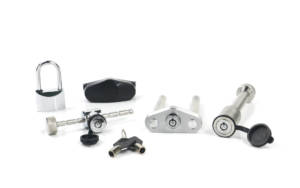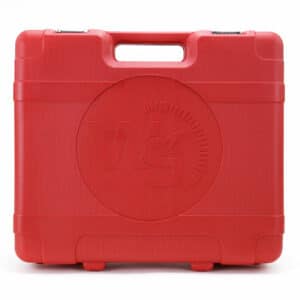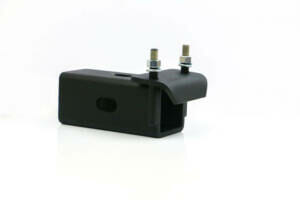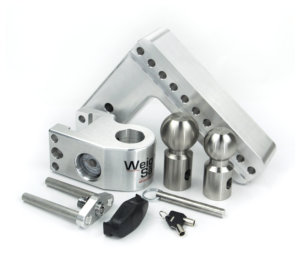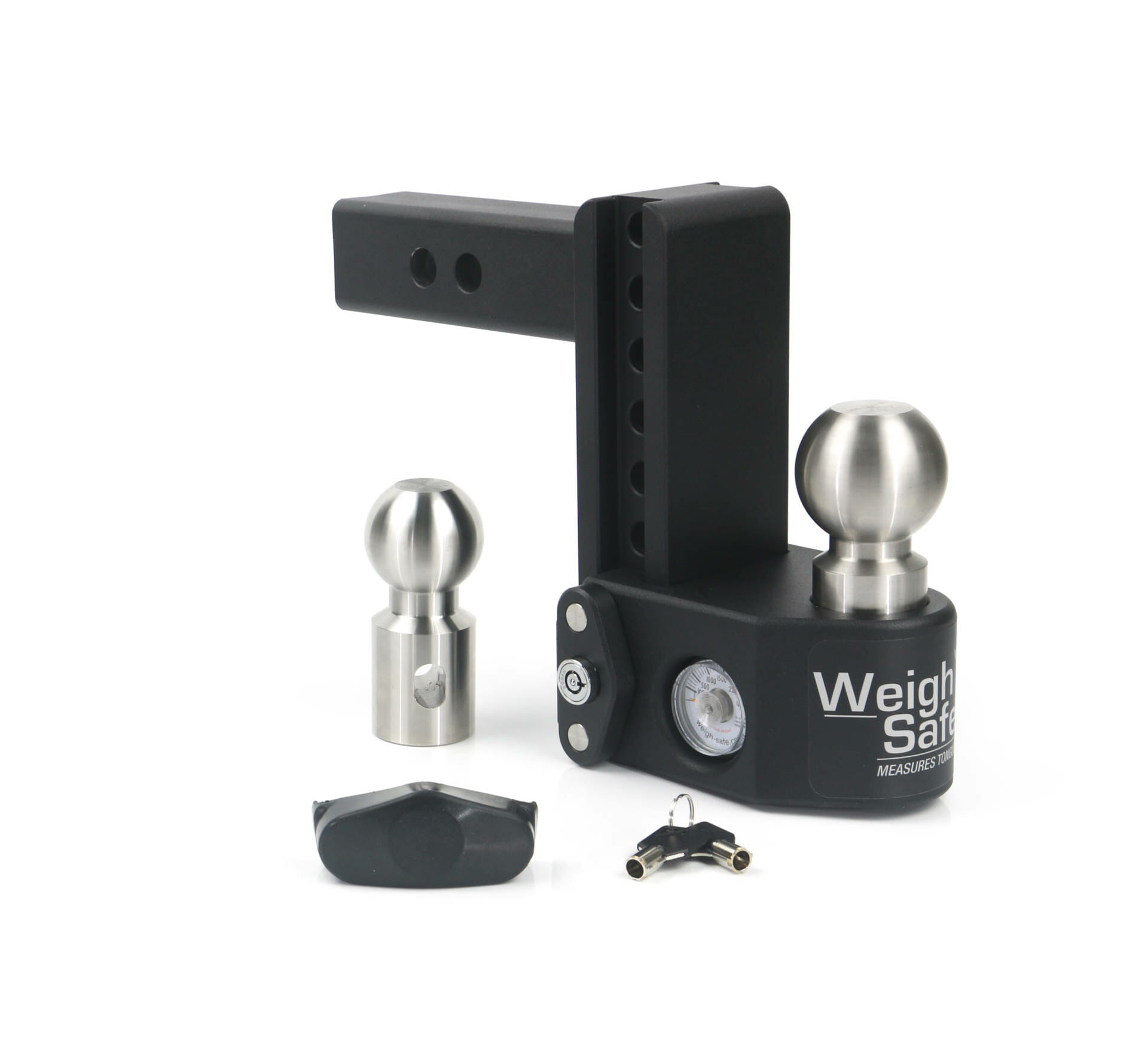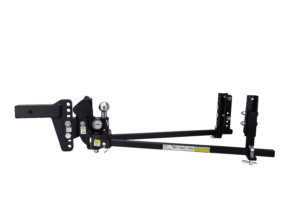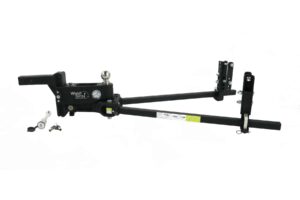Towing Education, Towing Safety, Uncategorized
12 Tips for Efficient and Safe Trailer Loading
Loading a trailer might seem like a straightforward task, but it’s an art that requires precision and careful consideration. Whether you’re hauling goods for a cross-country move or transporting equipment for a weekend getaway, the proper loading of a trailer is crucial for safety, efficiency, and overall peace of mind. In this blog post, we’ll explore the key steps and tips to master the art of loading a trailer.
1. Know Your Trailer’s Capacity
Before you start loading, it’s essential to understand the weight capacity of your trailer. This information is usually found in the owner’s manual or on a label near the trailer hitch. Exceeding the weight limit can lead to instability, reduced control, and potential accidents. Always stay within the specified weight range to ensure safe towing.
2. Distribute Weight Evenly
One of the fundamental principles of trailer loading is to distribute the weight evenly. Aim for a balanced load to prevent the trailer from swaying or fishtailing during transit. Place heavier items in the center of the trailer and distribute lighter items evenly on both sides. This helps maintain stability and ensures a smoother ride.
3. Secure the Load
Properly securing your load is non-negotiable. Use tie-down straps, bungee cords, or cargo nets to prevent items from shifting during transit. Securing the load not only protects your cargo but also enhances the overall stability of the trailer. Double-check the tightness of straps and ensure that everything is snugly in place before hitting the road.

4. Consider Trailer Aerodynamics
Understanding the aerodynamics of your trailer can significantly impact fuel efficiency and towing stability. Arrange items in a way that minimizes wind resistance. Place taller items towards the front of the trailer and use aerodynamic cargo carriers if needed. This small adjustment can make a big difference in fuel economy and handling.
Click to purchase a weigh-safe hitch5. Balance Front to Back
Achieving the right balance between the front and back of the trailer is crucial for safe towing. Aim for a slight forward bias, with a bit more weight towards the front. This helps distribute weight onto the trailer’s tongue, improving stability and steering control. Check your trailer’s tongue weight and adjust accordingly.
6. Mind the Center of Gravity
Understanding the concept of the center of gravity is crucial for trailer stability. The center of gravity is the point where the trailer’s weight is evenly distributed on all sides. Keep the center of gravity low by placing heavier items on the lower part of the trailer. This prevents the trailer from becoming top-heavy, reducing the risk of tipping over, especially during turns.
7. Consider the Shape of Your Cargo
Irregularly shaped items require special attention when loading a trailer. Bulky or oddly shaped cargo can affect the trailer’s aerodynamics and stability. When loading such items, ensure they are securely tied down and positioned to minimize wind resistance. Additionally, consider using padding or blankets to protect both the cargo and the trailer.
8. Group Similar Items Together
Organize your cargo by grouping similar items together. This not only makes loading more efficient but also helps with weight distribution. Grouping items of similar size and weight ensures a balanced load, making it easier to maintain stability during transit.
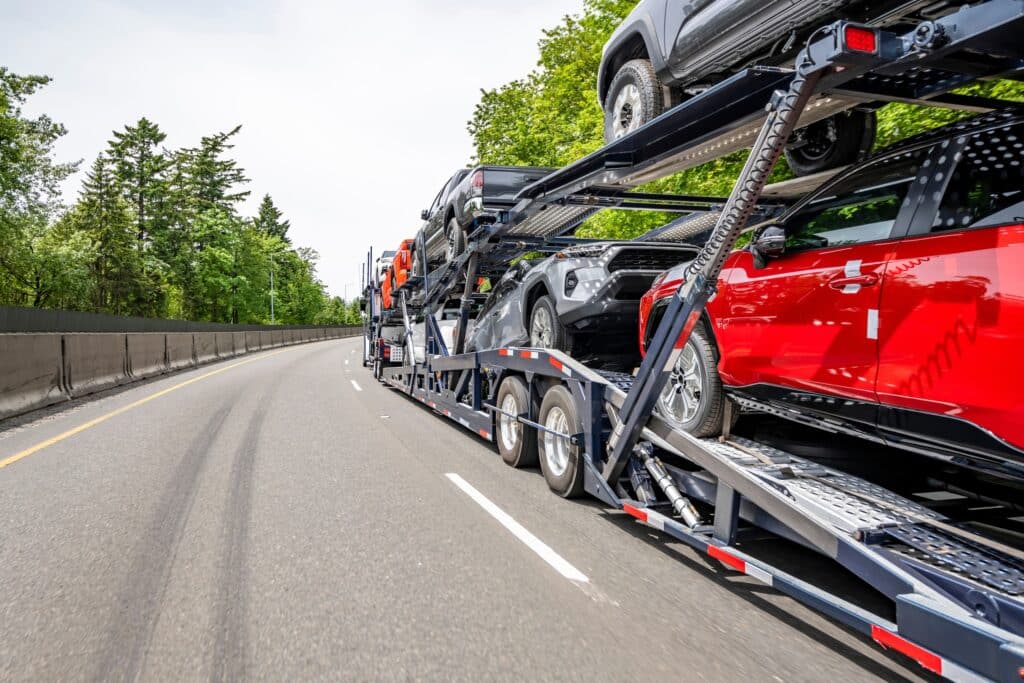
9. Be Mindful of Legal Requirements
Different regions may have specific regulations regarding trailer loading. Ensure that you comply with local laws, especially when transporting goods over long distances. This may include weight restrictions, cargo dimensions, and additional safety measures. Familiarize yourself with these regulations to avoid any legal complications during your journey.
10. Practice Safe Driving Habits
Proper loading is just one aspect of safe trailer towing; your driving habits play a significant role too. Adhere to speed limits, maintain a safe following distance, and anticipate turns and stops well in advance. Smooth and cautious driving enhances the stability of your trailer, reducing the risk of accidents.
11. Use Technology to Your Advantage
Modern technology offers various tools to aid in trailer towing. Consider using trailer sway control systems, weight distribution hitches, and backup cameras to enhance safety and convenience. These technologies can provide real-time feedback and assistance, making the towing experience more comfortable and secure.
Explore Weigh Safe hitches for reliable towing. Equipped with built-in tongue weight scales, they ensure precise load measurement and increased safety. Whether towing trailers or boats, these hitches provide strength and durability.
Click to purchase a weigh-safe hitch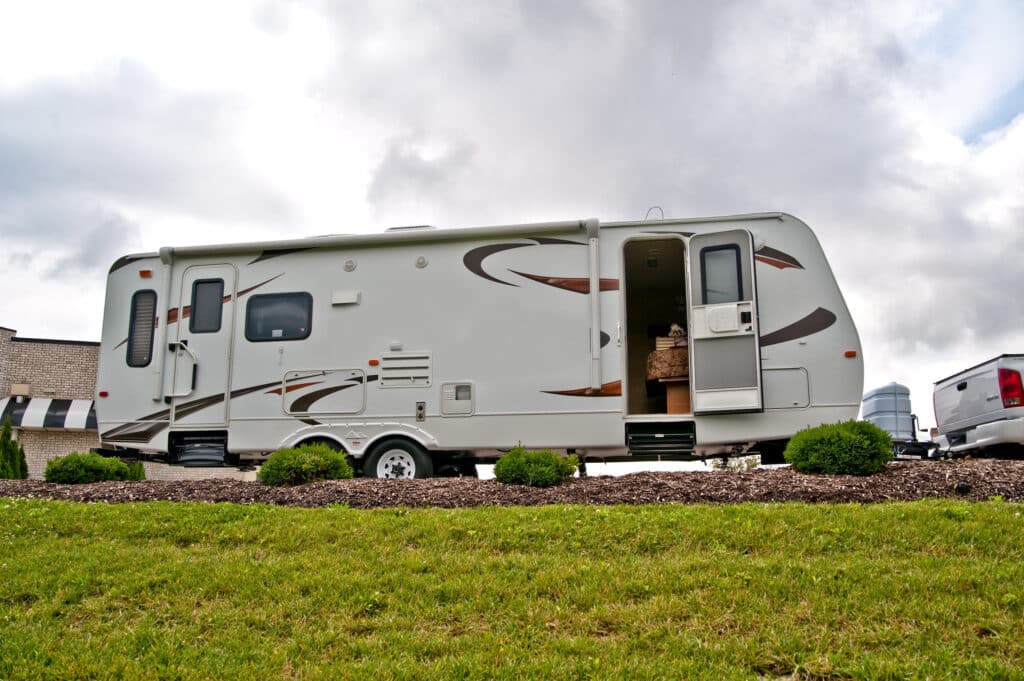
12. Check and Adjust as Needed
Once you’ve loaded your trailer, take a moment to double-check everything. Ensure that the load is secure, the weight is evenly distributed, and the trailer is properly balanced. Periodically check during your journey, especially after stops, to make any necessary adjustments.
In Conclusion, mastering the art of properly loading a trailer involves a combination of knowledge, attention to detail, and adherence to safety practices. By following these additional tips and considering the nuances of your specific cargo, you’ll not only ensure a secure load but also enjoy a smoother and more worry-free towing experience. Safe travels!
Explore the exceptional quality of Weigh Safe hitches, meticulously crafted for optimal towing performance. Our hitches stand out with built-in tongue weight scales, ensuring precise load measurement for enhanced safety. Whether towing trailers or boats, Weigh Safe hitches offer a perfect balance of strength and durability. Our dedicated team of experts is ready to guide you in selecting the ideal hitch, providing comprehensive assistance from choosing the right model to hassle-free installation. Trust Weigh Safe for a towing experience that seamlessly combines expertise and excellence, ensuring confidence on the road.
